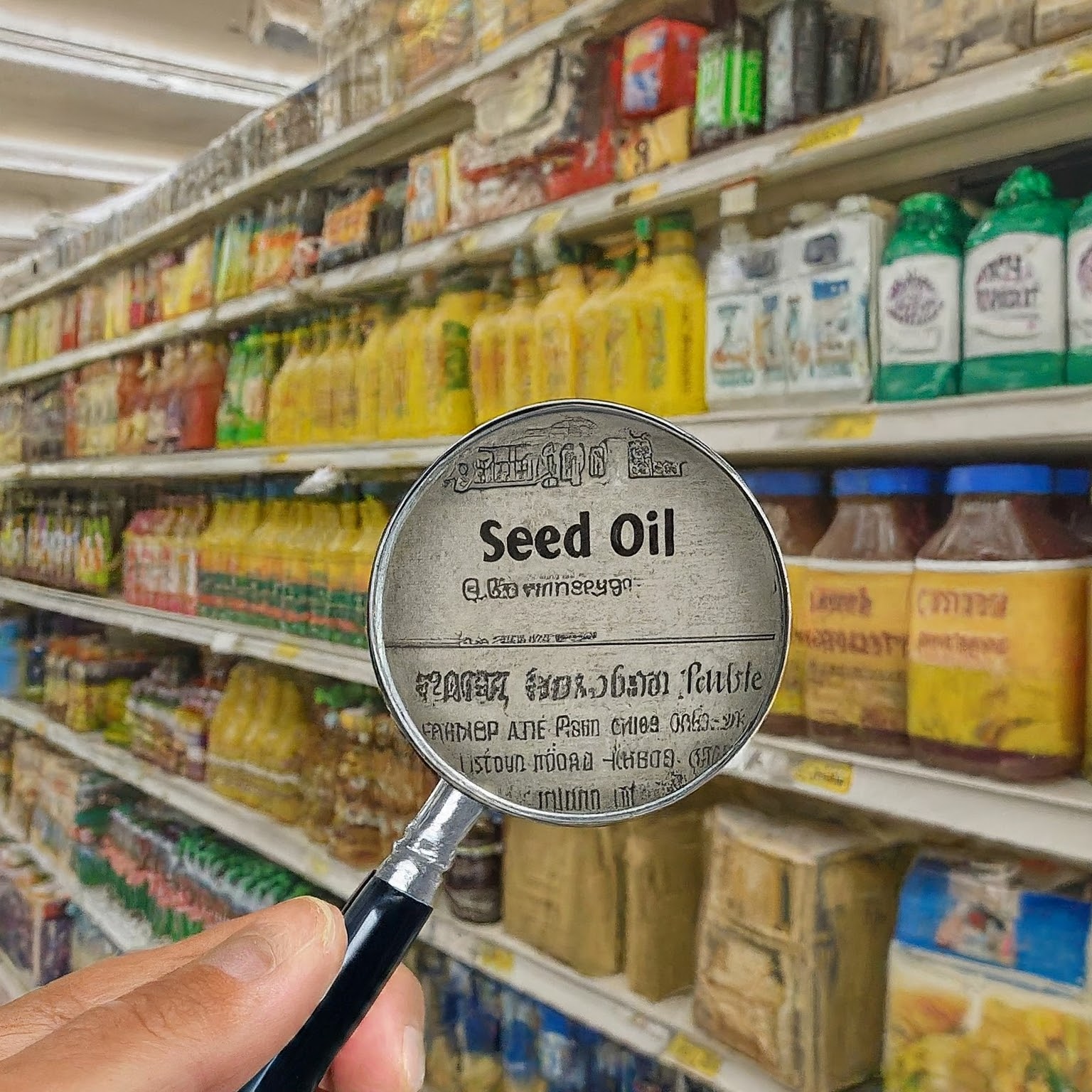
Coca-Cola’s sneaky sugar shuffle with its iconic Fanta drink leaves a sour taste. They cut the sugar, got the good press, then hoped we wouldn’t notice when they added much of it back in. It exposes a fundamental contradiction: companies want to appear health-conscious without truly changing their core products.
Back in 2018, amidst growing concerns about sugar consumption and the threat of a sugar tax, Coca-Cola proudly announced a “healthier” Fanta with reduced sugar content. It was a strategic move, calculated to appease health experts and deflect criticism. But the illusion was temporary. Today, a 600ml bottle of Fanta contains a staggering four extra teaspoons of sugar compared to its “healthier” predecessor – a significant increase from 4.5g to 7.2g of sugar per 100ml.
Coca-Cola played on our desire to make good choices. With the threat of the sugar tax looming, they temporarily placated health advocates, buying themselves time. Now, with reduced scrutiny, they’ve quietly upped the sugar. It’s a calculated gamble, banking on the fact that we’re too busy, too overwhelmed, or too deliberately misled to realise they’ve sweetened the deal.
But why the sugar creep? The new Fanta is still a shadow of its 2016 sugar bomb self (with over 11g per 100ml) and remains loaded with barely disclosed artificial sweeteners. Perhaps there’s a nagging truth about sugar addiction: 4.5g just wasn’t cutting it. The point of sugar is, after all, to make products addictive to increase sales. Maybe those extra teaspoons are the scientifically calculated dose to keep us hooked.
This bait-and-switch tactic exposes the limitations of self-regulation within the food industry. Voluntary pledges, like the Australian Beverages Council’s commitment to reduce sugar, have proven largely ineffective with only four manufacturers signing up according to the AMA. While generating positive PR, they do little to change the fact that companies like Coca-Cola prioritise profits over public health, making their drinks as sweet and addictive as possible.
Most consumers are likely unaware of this sugar increase. Outdated nutritional information on supermarket websites and the expectation that we blindly trust familiar brands contribute to this deception. It’s not about willpower; it’s about the deliberate manipulation of our choices, making the addictive option the easiest and most appealing.
The beverage industry would probably argue that consumers have the right to choose. But, when corporations deliberately obscure the addictive contents of their products, choice is an illusion.
So, what can we do?
- Don’t fall for marketing claims or misleading packaging. Be informed about the sugar content of the products you consume.
- Hold food companies accountable. Demand transparency in ingredients and marketing practices and vote with your wallet.
- Advocate for healthier food environments. Support educational campaigns, clearer food labelling, and restrictions on marketing sugary drinks.
The Takeaway
The Fanta sugar shuffle is a microcosm of the challenges we face. Real change won’t come from corporations suddenly prioritising our well-being over profits. It requires informed consumer choices and collective action to create a food environment that truly supports our health.
Don’t be fooled by deceptive marketing tactics. Take control of your health and demand better from the food industry. Real change happens when we challenge the status quo and demand a system that puts our well-being above the corporate bottom line.

















Recent Comments